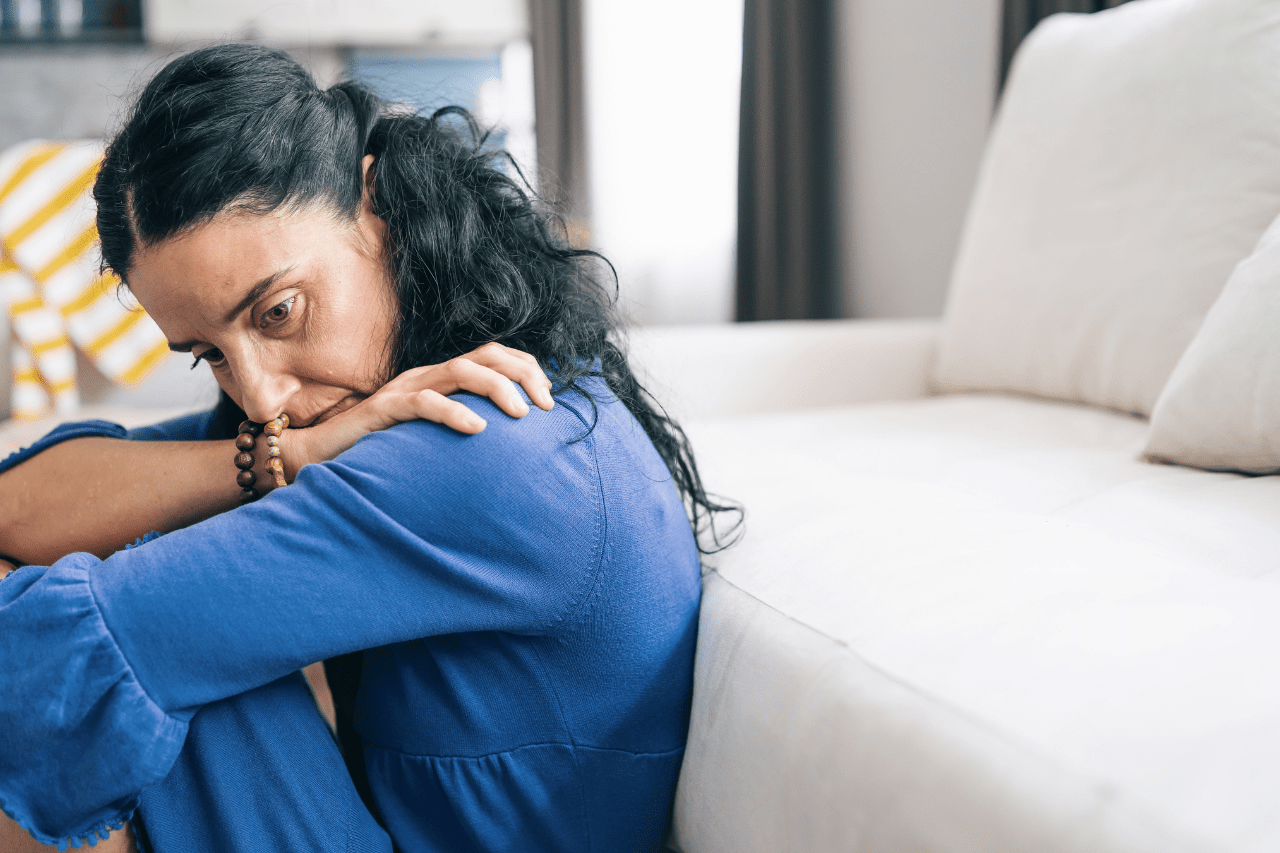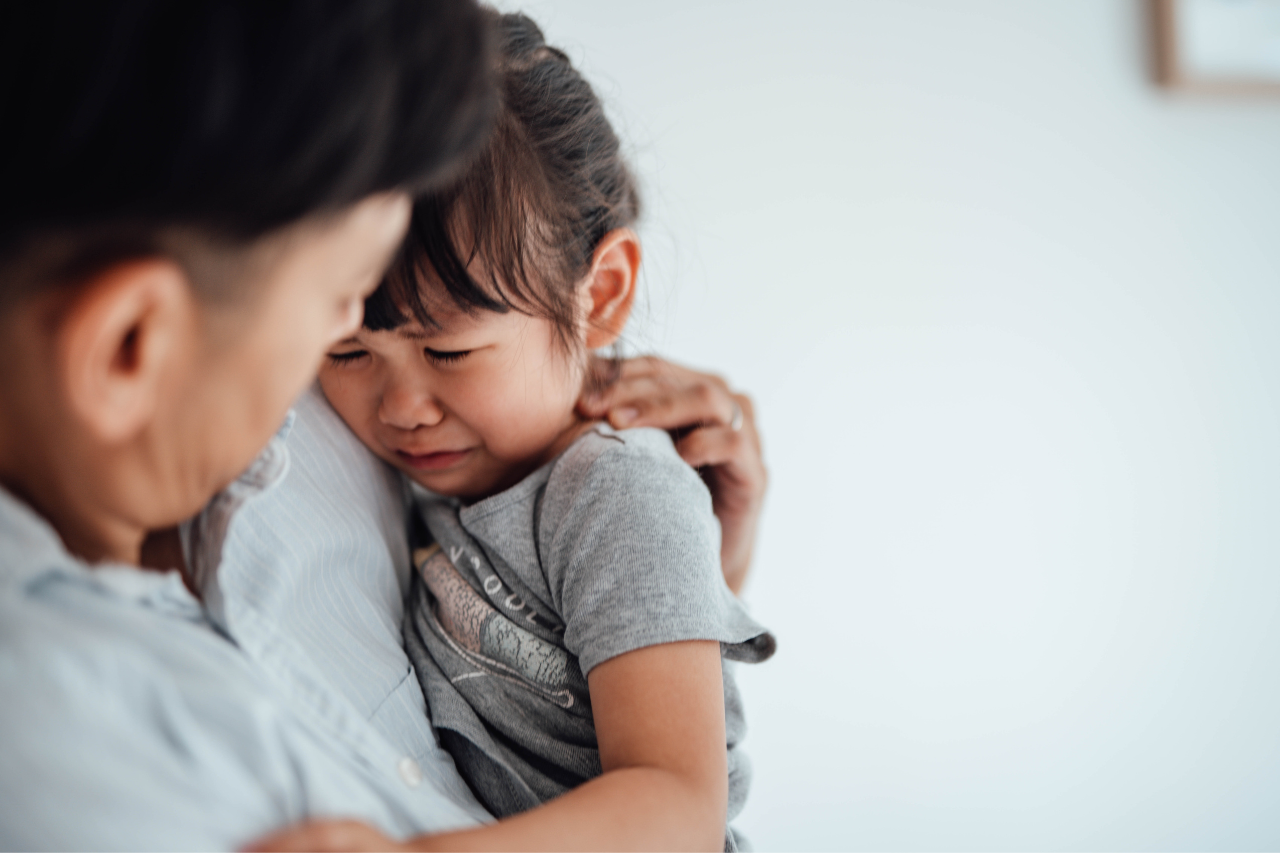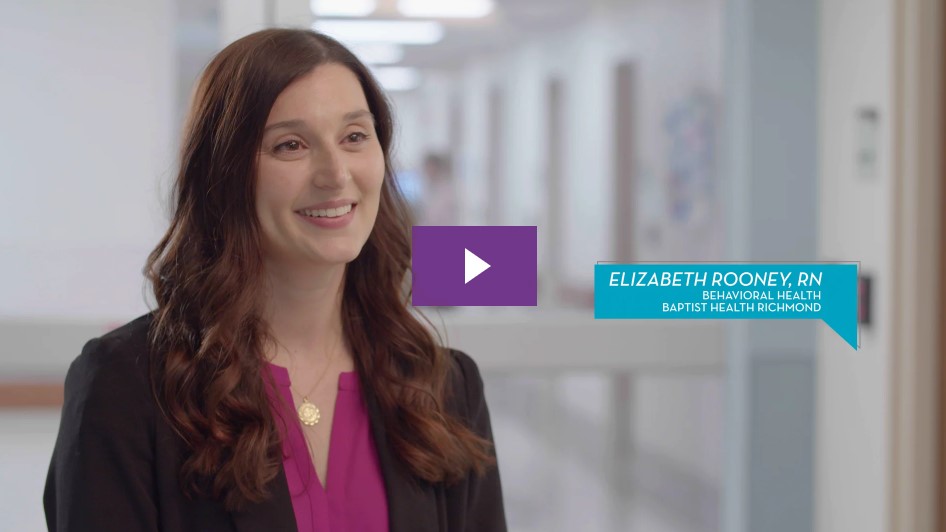10 Most Common Phobias & Fears

Do insects make your skin crawl? Does getting on a plane take your fears to new heights? If so, you’re not alone. According to the American Psychiatric Association, phobias are the most common psychiatric illness among women and the second most common in men.
The National Institute of Mental Health suggests that 10% of U.S. adults are affected by phobias each year. These phobias typically emerge during childhood or adolescence and continue into adulthood. There are many reasons why phobias develop, including evolutionary and behavioral theories. Fortunately, phobias are treatable conditions that can be minimized or eliminated with cognitive and behavioral therapy and medications.
What is a Phobia?
Phobias are a type of anxiety disorder characterized by significant, irrational or extreme fear of specific situations or things. Individuals with phobias often go to great lengths to avoid coming in contact with the circumstance or object they fear.
Symptoms of phobias include:
- Extreme or irrational fear to specific triggers
- Inability to control response to fear
- Anxiety, panic or fear
- Rapid heartbeat
- Shortness of breath
- Avoidance behaviors
These symptoms may range in severity from mild to severely impacting one’s ability function.
Different Kinds of Phobias
There are three main types of phobias.
Specific (simple) phobias: As the name suggests, these phobias focus on a specific trigger or fear. These are the most common types of phobias. Specific or simple phobias produce irrational levels of fear toward objects or situations that are not inherently dangerous. People with simple phobias are generally aware that their fear is irrational, but experience anxiety when confronted with their trigger. Examples may include fear of spiders, heights, driving a car, or flying.
Social phobia: People with social phobia have a fear of being around other people. This may come from low self-esteem and a fear of being embarrassed in front of other people. Social phobia can impact a person’s ability to make friends, attend school, or get or keep a job.
Agoraphobia: People with agoraphobia have a fear of being in open spaces. In some cases, panic attacks may become so severe the agoraphobia stems from the fear of having another panic attack. In extreme cases, people with agoraphobia may become afraid to leave their home.
What Causes Phobias?
Phobias are caused by a combination of biological, psychological, and social/environmental factors.
Biological: Genetics can play a role in phobias, meaning that some phobias can run in families.
Psychological: Personality and cognitive factors play a role in psychological causes of phobias. For example, people who experience disgust in response to certain stimuli may be more likely to develop specific phobias. In addition, cognitive biases may play a role in the development of fear that causes specific phobias.
Social/Environmental: Having a traumatic or fearful experience in the phobic situation can cause a specific phobia. Alternatively, phobias can be developed by observing someone respond fearfully to a situation or via learned fear from the media.
Top 10 Most Common Fears
Below you will find a list of the most common phobias humans experience around the world:
1. Acrophobia
Acrophobia is the fear of heights and it affects more than 6% of people. People who have acrophobia can have anxiety attacks, which causes them to avoid high places, such as bridges, towers, or tall buildings. It’s normal to have some degree of fear when encountering heights, this phobia involves an intense fear that can result in panic attacks and avoidance behaviors.
2. Aerophobia
Aerophobia, or the fear of flying, affects between 10% – 40% of U.S. adults even though airplane accidents are actually very uncommon. Symptoms commonly associated with aerophobia include trembling, rapid heartbeat, and feeling disoriented. This phobia can cause people to avoid flying altogether. Aerophobia is often treated using exposure therapy, in which the person is gradually and progressively introduced to flying.
3. Arachnophobia
Arachnophobia is the fear of spiders and other arachnids. The sight of a spider can cause a fear response, but in some cases, just an image or even the thought of a spider can lead to overwhelming fear and panic. One of the most common explanations for this and similar animal phobias is that these creatures once posed a threat to our ancestors who lacked the knowledge and tools to deal with injuries from animals and insects.
4. Ophidiophobia
One of the most common phobias, ophidiophobia is the fear of snakes. It can be attributed to personal experiences, evolutionary causes, or cultural influences. Some suggest that because snakes can be poisonous, our ancestors who avoided such dangers were more likely to survive and pass down their genes.
5. Cynophobia
Cynophobia is the fear of dogs, which is often associated with specific personal experiences, such as being bitten by a dog during childhood. These events can be very traumatic and can cause fear responses that last well into adulthood. Unlike a normal apprehension of unfamiliar dogs, cynophobia is an irrational and excessive fear that can have a serious effect on your personal life.
6. Trypanophobia
Trypanophobia is the fear of injections. This phobia can cause people to avoid medical treatments and doctors. It’s estimated that 20%-30% of adults are affected by this type of phobia. When people with this phobia have to get an injection, they may experience feelings of extreme dread and elevated heart rate leading up to the procedure. Some even pass out during the injection.
7. Astraphobia
Astraphobia is the fear of thunder and lightning. When people with this phobia experience such weather-related phenomena, they become filled with overwhelming feelings of fear. People with this phobia tend to develop an excessive preoccupation with the weather. Symptoms include shaking, rapid heart rate, and increased respiration.
8. Agoraphobia
Agoraphobia is the fear of being alone in a situation or place where escape might be difficult. Agoraphobia may include the fear of open spaces, crowded areas, or situations that are likely to trigger a panic attack. Some people avoid leaving their homes to stay away from triggering events. Approximately one-third of people with panic disorder develop agoraphobia.
9. Mysophobia
Mysophobia is the excessive fear of germs and dirt. People who suffer from this phobia can engage in extreme cleaning, compulsive hand washing, and avoid things or situations that they think might be dirty. In some cases, this phobia may be related to obsessive-compulsive disorder.
10. Social Phobia (Social Anxiety Disorder)
Social phobia is the fear of social situations. This phobia can be quite debilitating and, for some, it can become so severe that it causes people to miss events, places, and people who are likely to trigger an anxiety attack. People with social phobia fear being watched or humiliated in front of others. Social phobias typically develop during puberty and can last throughout life if not treated. The most common form of this phobia is a fear of public speaking.
How Phobias Are Treated?
Phobias are treatable, and the good news is that nearly all people with a phobia are aware of their disorder. This awareness helps immensely with treatment. Phobias are generally treated with a combination of therapy and medication.
Behavioral Therapy
Behavioral therapy is an umbrella term used to describe therapy that treats mental health disorders. It aims to understand and change unhealthy or self-destructive behaviors, and operates under the belief that all behavior is learned and can be changed. Learn more about the behavioral health resources Baptist Health provides.
Cognitive Behavioral Therapy
In cognitive behavioral therapy, the provider helps the patient learn different ways to understand and react to their triggers. This technique can help a person learn to better cope and control their own feelings and thoughts.
Medication
Medications like beta blockers, antidepressants, or tranquilizers may help treat a phobia by reducing feelings of anxiety. Medications may carry the risk of side effects and will be prescribed by providers based on the severity of the phobia and the risk of side effects.
Learn More About Treating Phobias at Baptist Health
If you have any additional questions about
phobias and how they can be treated at Baptist Health, learn more here.



